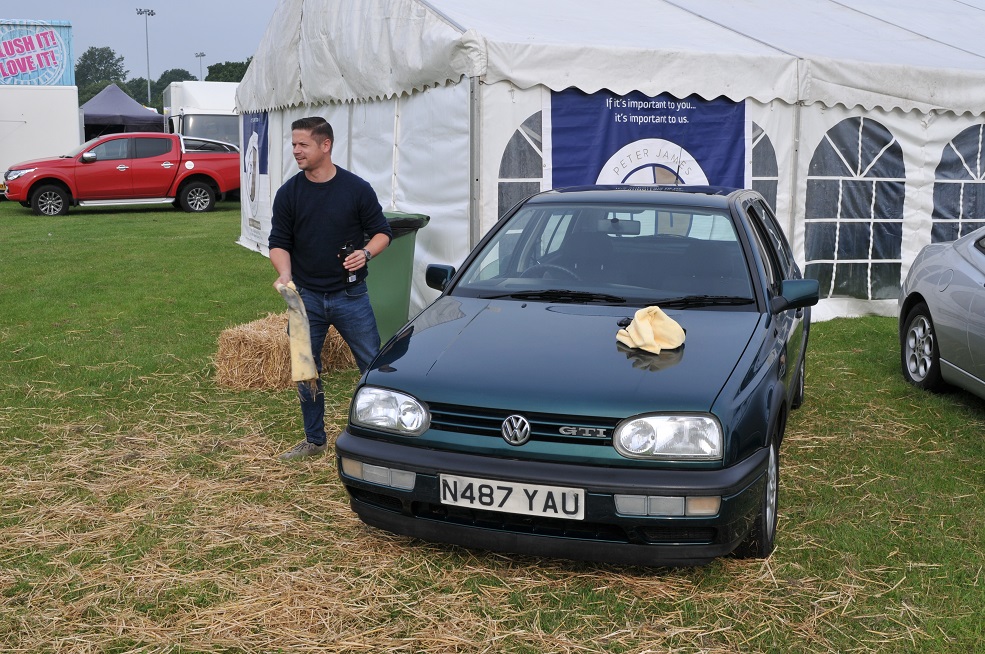We debug some of the classic car myths, rumours and received wisdom that would catch out the unwary classic car writer.
In this age of information overload, it’s often hard to sift fact from ill-informed opinion or mere rumour and it applies to the world of old cars just as well as current events.
We like to think you can believe what you read on Classics World but in the world at large you’ll still see incorrect information peddled as fact and the reputation of certain cars suffering as a result.

A case in point is the MGC, the often-criticised six-cylinder derivative of the MGB. Car writers perhaps too confident or too lazy to question their own knowledge will happily trot out the line about road testers slating it for its supposedly terminal understeer which ultimately made it an abject failure in the market, but dig a little deeper and you’ll find a very different story. Road testers back in the day found the C indeed understeered more than the MGB or the competing Triumph TR5 but several found it an easier car to drive briskly as a result and there were some who praised its high-speed stability, realising that its forte was as a grand tourer and not a small sports car. Add it all up and it seems that it wasn’t so much the engineering but the marketing which was at fault and today of course, it’s possibly to make an MGC handle very well indeed with modern tyres, uprated dampers and adjustments to tyre pressures.
In similar vein, the Triumph Stag is often cited as a massive failure when the huge proportion of production still in use suggests buyers felt otherwise. Your keyboard warriors will tell you how the V8 overheats almost as quickly as the cam chains snap but read the long-term reports from period magazines and you’ll seldom see reliability mentioned. The problems began when the cars were in the hands of their second and third owners, when back street garages more used to iron A-Series struggled with the demands of an overhead-cam all-alloy V8… especially one with a cooling system which didn’t leave any room for neglect. Without the proper anti-freeze the engine corroded internally, temperatures rose, things went wrong and the rumours started to gain speed.
Today though, Stag owners and specialists will point out that the cars can be made perfectly reliable for daily use in modern traffic simply by ensuring that they’re maintained properly. Electronic ignition helps keep the timing spot-on and cylinder temperatures down, while modern anti-freeze and high-efficiency radiators ensure the original cooling system functions properly and an aftermarket header tank adds peace of mind.

The myths don’t end with the modern era either. Our recently-departed Mk3 VW Golf GTI project car saw us bumping into younger car journalists who scoffed at the third-generation being reviled in the day as heavy and uninspiring. Having been there at the time, I remember things very differently and in fact the new car was praised by most of us as being a massive step forward in quality and refinement over the departing Mk2 which by then seemed very old-fashioned – as indeed it was, being effectively merely a facelifted Mk1.
The answer was to sling them the keys to the Dragon Green Dub and after a spin round the block they invariably came back impressed at the car’s breadth of ability.
From a similar era comes the MGF. “How many head gaskets has it had?” was a common welcome when arriving in our previous MGF project car but in truth not every F has received or even needed a head gasket. Lotus after all used the same engine in the Elise where it’s regarded as being perfectly fine. Again, the reputation was largely down to poor maintenance as the cars aged, together with some admittedly poor thinking at the design stage. The front-mounted radiator and rear-mounted engine are connected by no less than eight rubber hoses and two rigid steel underfloor coolant pipes which tend to corrode, split and ultimately leak. Since the F had no low coolant warning light, the result was that many owners unused to checking fluid levels regularly simply cooked the engine and further fuelled the rumour mill.
We could go on… the Rover 800 is often maligned but back in the day was regarded as a pleasant car a cut above Ford and Vauxhall in the almost-prestige mould and was a great deal more reliable than Rovers of old, while despite Clarkson’s infamous rant the Mk1 Vectra is a perfectly pleasant car offering all the positives of the late Cavalier with added modernity.
It all reminds me of a chap I once met with a high-mileage Ferrari 348. When I commented how well he’d done, he cautioned me not to believe everything I’d heard and that key to making a Ferrari reliable was to use it every day: so many of Maranello’s finest stand idle most of the year that they’re unfairly regarded as fragile. The same goes for most Italian sports cars, my own Alfa Spider being a case in point. There, that’s jinxed things.









